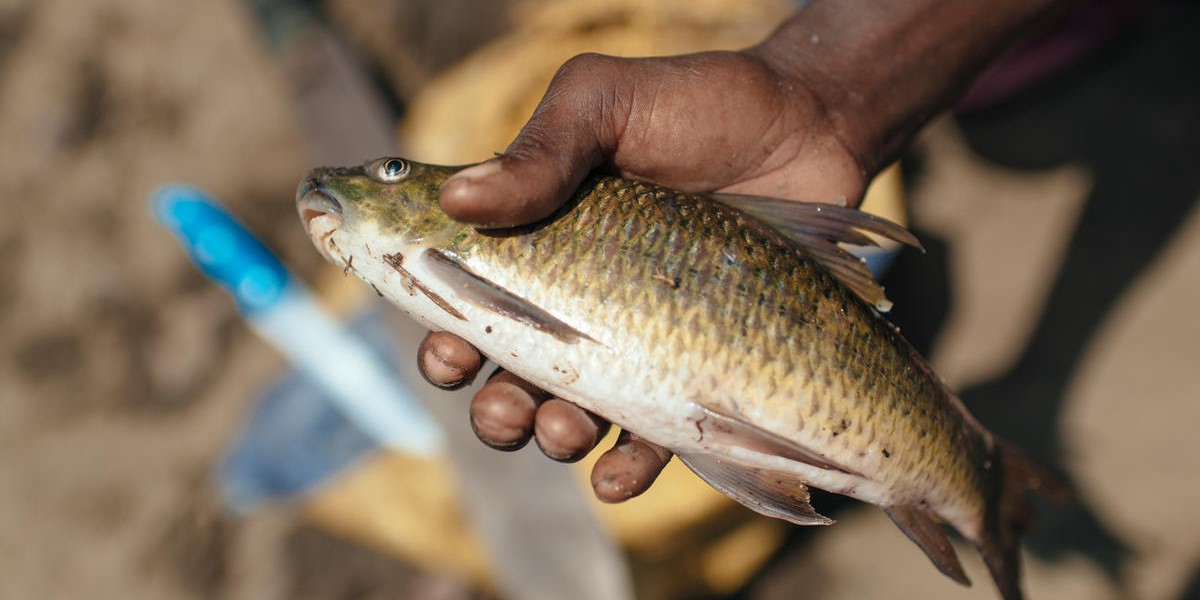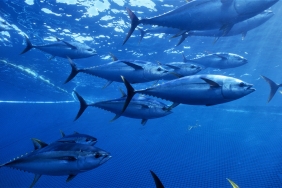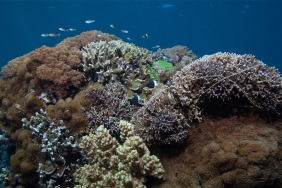DOWN AT LAKE BATUR, HSBC VOLUNTEERS FEEL THE SPIRIT OF IMPROVEMENT IN TILAPIA FARMING
By: I Komang Dianto (Local Facilitator of Aquaculture Improvement Program)
The sun was not that hot when we - WWF-Indonesia and five HSBC (Hongkong and Shanghai Banking Corporation Limited) volunteers arrived at Kedisan Pier, Lake Batur, Kintamani District, Bangli Regency, Bali. That day (17/12), we visited the cultivation site of WWF-Indonesia's partner in conducting Aquaculture Improvement Program (AIP) assistance to tilapia farmers.
Since September 2016, with the support of HSBC, WWF-Indonesia has started the socialization of improved aquaculture practices to tilapia farmers in Lake Batur. This assistance aims to realize responsible tilapia farming practices in Lake Batur.
By paying attention to the quality of the environment, it is hoped that sustainable aquaculture practices will be created, so that the community's source of income is guaranteed. For starters, farmers were introduced to the Aquaculture Stewardship Council (ASC), a standard used for better farming practices.
We boarded the speedboat at the jetty to meet the Mina Sari group in Cemara Landung, Trunyan village - one of the villages surrounding the 16.05km2 lake. With a water storage volume of 815.58 million m3, it's no wonder that Bali's largest lake is an important water reserve for the community in general - and a source of livelihood for the tilapia farming community.
We were warmly welcomed into the center of the Mina Sari Group. The discussion that ensued that day not only introduced the history of the group and the management of aquaculture management, but also discussed the future goals of the group to increase aquaculture production.
"Planning and practices that favor environmental conservation are indispensable in paving the way to a sustainable economy," HSBC conveyed its message that afternoon.
In addressing the two main problems of Lake Batur farmers - poor quality of fry and high fish mortality, an action plan will be developed and implemented. Farmers are also expected to remove and bury dead fish to reduce disease contamination.
Not only that, the planting of water hyacinth with controlled growth was also initiated as an effort to protect the aquatic environment from feed waste or fish feces. Of course, in addition to the implementation of Good Tilapia Farming Guidelines (Better Management Practices).
Our visit that day was not limited to discussions. Volunteers had the opportunity to engage in aquaculture activities including fish feeding and water quality measurement. I accompanied them to measure the brightness, temperature, DO, and pH of the water at several points of the cages. Of course, this was accompanied by an explanation of these water quality parameters.
The Mina Sari group appreciated the discussion that day with the hope that in the future, this assistance will continue to run well. They also hope that there will be no more losses in the cultivation process.
We are optimistic that the assistance in implementing responsible cultivation practices can overcome the problems that farmers have experienced so far. So that later, the quality and quantity of production can increase - with environmental conditions that remain sustainable.




